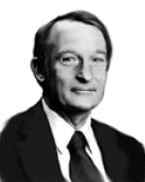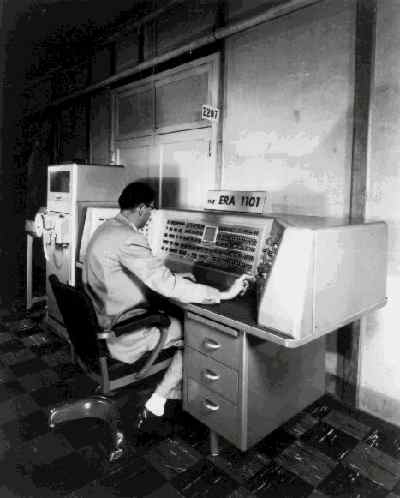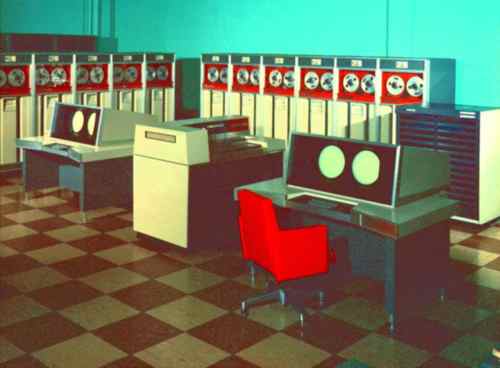| Seymour Cray and 20th Century Super Computers |
| Written by Historian | |||
Page 1 of 2
In the early days every computer was a considered to be a giant electronic brain, crunching numbers faster than anyone knew what to do with the results. Then came the commercial machines and number crunching power became less important than raw storage and data handling. If you built a good computer for business applications then you sold thousands. Build a good scientific super computer on the other hand and you would be lucky to sell ten! Yet one man's name became synonymous with "supercomputer" - Seymour Cray.
Seymour Cray (1925-1996) Seymour Cray was born in Wisconsin, far from the technological developments going on at the time. His father was a city engineer and Seymour became an electrician in the army. After a few years it must have been clear to him that this was limiting his talent and he enrolled at the University of Wisconsin. He very quickly moved on to the University of Minnesota but still he still worked away at electrical engineering - which was itself a limiting factor! After graduating in electrical engineering he finally found something more challenging and spent a year getting a maters degree in applied mathematics. From 1950 to 1957 he worked for ERA - Engineering Research Associates - which eventually became Remington Rand and Sperry Rand. ERA was one of the firms started by Robert Noyce - Intel was another! It did early pioneering work into computer design. Cray worked at circuit design and programming a mixture of hardware and software. His first computer design - the ERA 1101 - was targeted at the scientific community. This was natural at the time because computers were still thought of primarily as number crunchers. However, although he had a hand in the design of the Univac 1103, the company thought that the future was in commercial machines, not the ever-faster machines that Cray was interested in. Clearly it was time to move on. ERA 1101 Control Data CorporationThe next obvious step was to set up a new company dedicated to building bigger and better machines. In 1957 Cray, Bill Norris, Frank Mullany and Bob Kisch left Sperry Rand and set up Control Data Corporation - CDC. Cray was in charge of designing a new machine. He had convinced Norris that the way to build a computer was using transistors and printed circuit boards - this was a new idea in 1957 when computers were built using valves. The machine was to be a supercomputer - the CDC 1604 - and the target market was the scientific community. Seymour Cray seated at the CDC 1604 For CDC to tackle such a large and risky project so early in its life obviously caused problems. They ran out of cash for one! Cray went to the cheapest component distributors and bought what he needed to build the machine. As it turned out the 1604 was such a revolutionary machine - it could do high precision floating point arithmetic very fast and it was comparatively cheap - that it succeeded. CDC made a profit and Seymour Cray gained a reputation as the first whiz kid computer designer. However all was not well. Cray grew increasingly bored with administration and being a company representative. He wanted to get back to his one and only interest - designing supercomputers. He told Norris that he was leaving CDC to return to Chippewa Falls and start his own company. Obviously Norris didn't want to see his star designer walk out and so he made him an offer he couldn't refuse - to take the design of the new 6600 machine back to his home town. To make it possible Norris built a laboratory on a forty acre site that Cray owned near his home. Indeed it was within walking distance! Cray's very own computer laboratory on his doorstep must have seemed like paradise - and is it any surprise that he started to withdraw from the rest of the world. In His ElementTo describe Cray as a recluse is going too far but some might have seen him as such - but this is would simply be a misunderstanding of another's paradise! Even so Cray's behaviour must have seemed very odd to the non-techie CDC executives. They would drop in on Cray and be whisked off to the local diner where he would eat a hot dog and vanish as soon as possible back to the lab. It was said that his method of working was to grab some chips and a soldering iron and put his latest idea together on a card table. I doubt it, but it might have looked like that! The clue to how Cray really worked is the fact that he used a whole pad of paper every day. The pad was covered by design ideas which was passed on to his team of technicians who produced finished electronics. In 1963 the 6600 was finished and it was the most powerful computer ever built. It was priced at $7.5 million and they eventually sold over fifty. At first, however, there were problems. The 350,000 transistor machine needed debugging and this took time. The first machine was six months late and it still had bugs. The Cray 6600 |
|||
| Last Updated ( Friday, 11 September 2020 ) |





